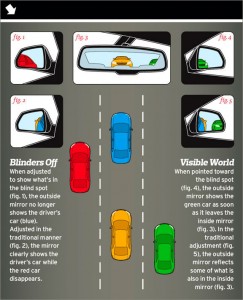I love scientific analysis of unscientific things — like when Wikipedia takes on the high five:
The gesture takes its name from the “five” fingers and the raising of the hand “high”. This is opposed to the “low” five which has been a part of the African-American culture since at least World War II. It’s probably impossible to know exactly when the low first transitioned to a high, but there are many creation myths.
The best part of the article is a helpful series of photographs clarifying the proper manner in which to perform the “too slow” variation:
Zoom in on the facial expressions for Victim misses and “Too slow”. I don’t remember anything like that in The Encyclopedia Britannica we had back in the dark days when learning about something took more than 30 seconds.
Fun fact: the high five was invented in 1977.
[Los Angeles Dodgers outfielder Glenn] Burke, waiting on deck, thrust his hand enthusiastically over his head to greet his friend at the plate. [Leftfielder Dusty] Baker, not knowing what to do, smacked it. “His hand was up in the air, and he was arching way back,” says Baker, now 62 and managing the Reds. “So I reached up and hit his hand. It seemed like the thing to do.”
Another fun fact: Glenn Burke was gay. Grade school bullies inclined to shout out homophobic insults and then high five about it should just keep that in mind. (Wikipedia cites that fact to a book titled Queers in History: The Comprehensive Encyclopedia of Historical Gays, Lesbians, Bisexuals, and Transgenders, which is at once the most awesome and the most horrifying book title ever.)


